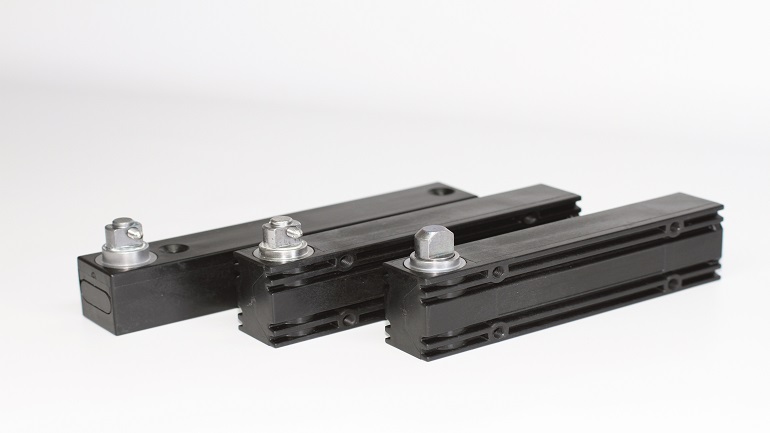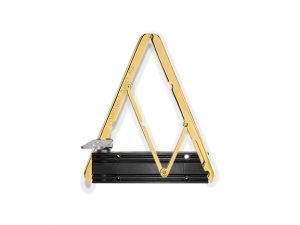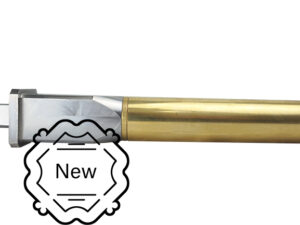
Hydraulic hinge, what is it and how does it work?
The commercial refrigeration sector is increasingly adopting the hydraulic hinge as a closing solution for refrigerator aisles. Let’s look deep into this innovative component.
Definition
The hydraulic hinge is a door-closing technical system which working process is a result of fluids under pressure. The hydraulic fluid moves from a box to another by passing through little spaces. The section of these spaces influences the fluid switching speed, which added to the pressure exerted on the hydraulic fluid, concerns the hydraulic movement.
Origins
Conceived in order to solve functional needs of the commercial refrigeration market, the hinge has accounted for his firsts applications on vertical refrigerated cabinets. Suitable also for wine refrigerated cabinets as well as semi-vertical refrigerator aisles, the hydraulic hinge is continuing to capture cooler producers’ attention.
How does a hydraulic hinge work?
Naturally, the typical work of a hinge is to close and open the door. The difference between a simple hinge and a hydraulic hinge is actually the hydraulic system. This one is in charge of managing the force, the speed and the movement, which appears smooth and constant. A simple opening of the door generates pressure on the hydraulic fluid thanks to internal mechanisms. The force resulting from the fluid pressure enables to move the door back in its natural position.
Hydraulic hinge components
A hydraulic hinge is a complex system of components that assume great importance on its performance. Let’s find them out!
Hydraulic fluid
The hydraulic fluid is the component which interacts with the entire hydraulic system. The fluid is selected depending on its chemical characteristics and viscosity. It has the same function as blood in the cardiovascular system.
Cylinder
A cylinder of a hydraulic hinge is nothing else than the box of the hydraulic fluid. Such as cardiac chambers, the cylinder contains the oil before it moves from a part to another of the hinge.
Piston
The movement of the hydraulic fluid from a box to another is a result of the piston movement. Doing the same contraction and relaxation movements of the heart, in the same way, the piston driven by a gear or a spring moves the oil.
Valve
The valve is the component in charge of opening and closing the switch of the fluid into the hydraulic circuit. Its main task is to settle the fluid stream in order to ensure the hinge’s best performance. The valve is as important as the valves of the cardiovascular system. A malfunction can cause excessive or not sufficient speed while closing.
Hydraulic circuit
The hydraulic circuit is the path followed by the fluid while switching from a part to another. Such as other components of the hinge, the hydraulic circuit can be linked to cardiovascular system parts. Blood vessels could be an appropriate link. These are the paths that blood runs to reach every part of the body, as well as the oil runs in the hydraulic circuit.
Thanks to this specific analysis, we realize how much the hydraulic system is similar to the working model of the human’s heart. The components are perfectly linked with the parts of the cardiovascular system, so much that we can define the hydraulic hinge as the heart of the door and refrigerated cabinet system.
Contact us to find out more about this topic !







